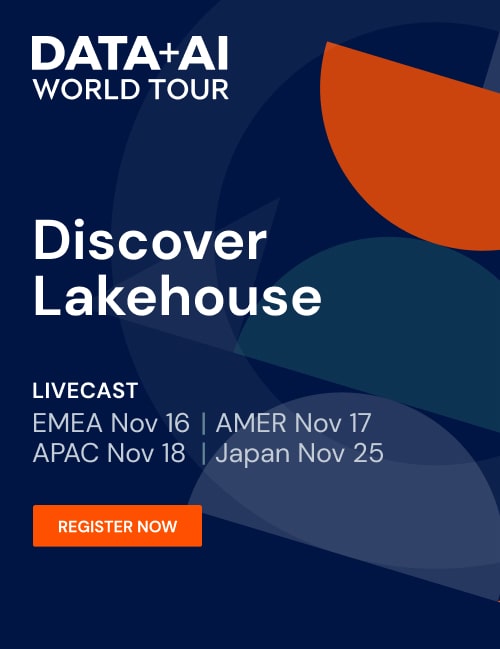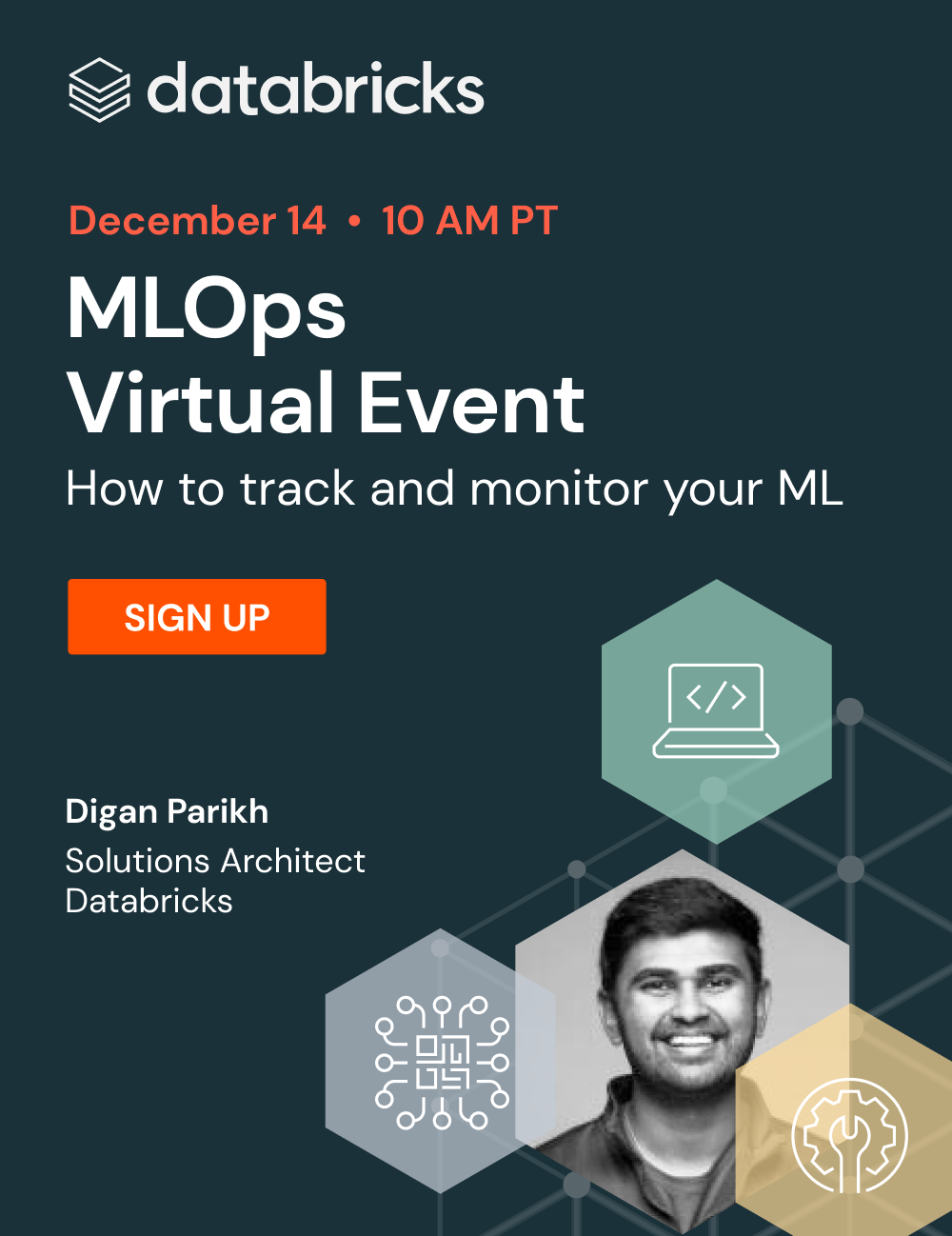Scala at Scale at Databricks
With hundreds of developers and millions of lines of code, Databricks is one of the largest Scala shops around. This post will be a broad tour of Scala at Databricks, from its inception to usage, style, tooling and challenges. We will cover topics ranging from cloud infrastructure and bespoke language tooling to the human processes...
The Foundation of Your Lakehouse Starts With Delta Lake
It’s been an exciting last few years with the Delta Lake project. The release of Delta Lake 1.0 as announced by Michael Armbrust in the Data+AI Summit in May 2021 represents a great milestone for the open source community and we’re just getting started! To better streamline community involvement and ask, we recently published...
Ray on Databricks
Ray is an open-source project first developed at RISELab that makes it simple to scale any compute-intensive Python workload. With a rich set of libraries and integrations built on a flexible distributed execution framework, Ray brings new use cases and simplifies the development of custom distributed Python functions that would normally be complicated to create....
Databricks’ Open Source Genomics Toolkit Outperforms Leading Tools
Genomic technologies are driving the creation of new therapeutics, from RNA vaccines to gene editing and diagnostics. Progress in these areas motivated us to build Glow, an open-source toolkit for genomics machine learning and data analytics. The toolkit is natively built on Apache Spark™, the leading engine for big data processing, enabling population-scale genomics. The...
10 Powerful Features to Simplify Semi-structured Data Management in the Databricks Lakehouse
Hassle Free Data IngestionDiscover how Databricks simplifies semi-structured data ingestion into Delta Lake with detailed use cases, a demo, and live Q&A. WATCH NOW Ingesting and querying JSON with semi-structured data can be tedious and time-consuming, but Auto Loader and Delta Lake make it easy. JSON data is very flexible, which makes it powerful, but...
Turning 2 Trillion Data Points of Traffic Intelligence into Critical Business Insights
This is a guest authored post by Stephanie Mak, Senior Data Engineer, formerly at Intelematics. This blog post offers my experience of contributing to the open source community with Bricklayer, which I'd started during my time at Intelematics. Bricklayer is a utility for data engineers whose job is to farm jobs, build map layers...
Moneyball 2.0: Real-time Decision Making With MLB’s Statcast Data
The Oakland Athletics baseball team in 2002 used data analysis and quantitative modeling to identify undervalued players and create a competitive lineup on a limited budget. The book Moneyball, written by Michael Lewis, highlighted the A’s ‘02 season and gave an inside glimpse into how unique the team’s strategic data modeling was, for its time....
GPU-accelerated Sentiment Analysis Using Pytorch and Huggingface on Databricks
Sentiment analysis is commonly used to analyze the sentiment present within a body of text, which could range from a review, an email or a tweet. Deep learning-based techniques are one of the most popular ways to perform such an analysis. However, these techniques tend to be very computationally intensive and often require the use...
Introducing Apache Spark™ 3.2
We are excited to announce the availability of Apache Spark™ 3.2 on Databricks as part of Databricks Runtime 10.0. We want to thank the Apache Spark community for their valuable contributions to the Spark 3.2 release. The number of monthly maven downloads of Spark has rapidly increased to 20 million. The year-over-year growth rate represents...
MLflow for Bayesian Experiment Tracking
This post is the third in a series on Bayesian inference ([1], [2] ). Here we will illustrate how to use managed MLflow on Databricks to perform and track Bayesian experiments using the Python package PyMC3. This results in systematic and reproducible experimentation ML pipelines that can be shared across data science teams due to...


